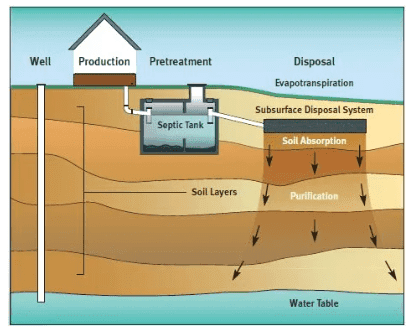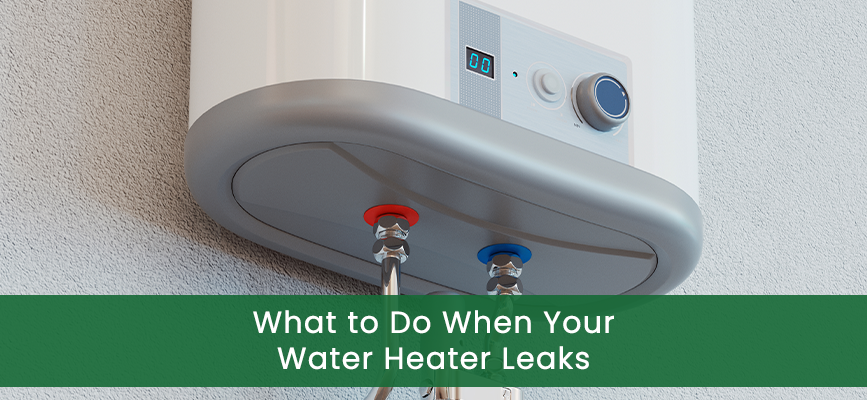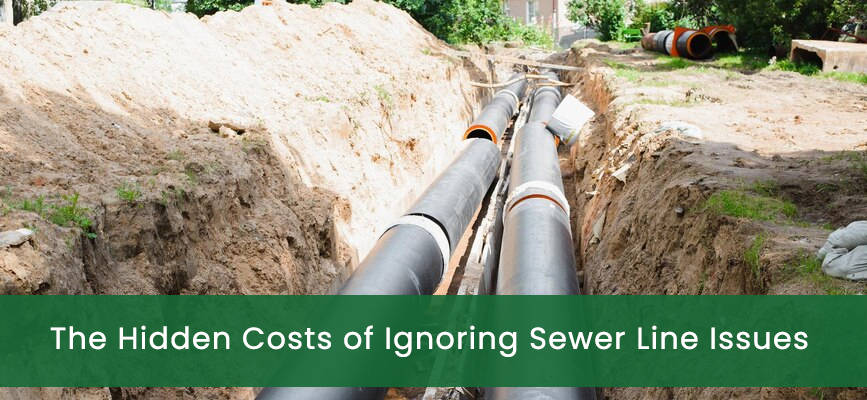Do You Really Know How Septic Tanks Work? What actually transpires underground?
Many owners of septic tanks are unaware of the functions of these tanks or how crucial they are to maintaining a healthy environment. Understanding how it functions can enable you to take better care of your system and extend its lifespan.
A system is made up of various components. The tank, the distribution box, and the drain field are the essential components. Some systems are more complicated and contain additional components, such as an Alternative Treatment System that includes an AX20-RT system to further the waste filtering process. about our website, choose the Alternative Treatment link for more details about alternative therapies. All systems work in a similar manner, excluding any additional filters or pumps.

The tank is the first component of a system. All used water and other trash from your home’s plumbing is discharged into the tank when you flush the toilet, do laundry, or even just wash your hands. A typical tank has a capacity of 1000 gallons, although they can also be as large as 1500 gallons. ‘Normal operating level’ is a concept that applies to all tanks. This is the water’s normal level, which is right at the discharge line. Your tank will restore to its regular operational level (which may seem full to some) rather soon after having it pumped for any other purpose, typically within a day or two.

The tank’s primary function is to distinguish between solid and liquid waste. The liquid waste can freely exit the outlet line at the top of the tank as the solid waste accumulates at the bottom of the tank. The beneficial bacteria that develops in your tank breaks down all of the solid waste that was left behind. Your tank and system’s health and longevity depend on these microbes. Additionally, it’s crucial to get your tank pumped on a regular basis for maintenance. A tank should ideally be pumped every three to five years. Depending on how well you care for your tank, you might be approaching the three-year or five-year mark. Pumping eliminates all solid accumulation that isn’t eliminated by normal biological processes. Without regular pumping, you risk backups and potentially system damage to other components.

The liquid pours into a box after leaving the tank. We utilize two different types of boxes. Both equal and serial distribution boxes are employed. The site and system determine the sort of box that is used. Although they each operate somewhat differently, the fundamental purpose of these boxes is the same: to disperse liquid into the drain field. For many people who are unaware with septic systems, the drain field—also referred to as a Drain Field—seems like a strange concept. This is due to the fact that a drain field generally consists of a bunch of underground perforated pipes where your wastewater gets recycled back into the environment.

Although it may seem counterintuitive, this is actually a very eco-friendly approach to get rid of liquid waste. The placement of a drain field involves a lot of science. To filter out everything but pure water, a drain field needs to have the ideal soil conditions. Like a natural Brita filter, it functions. That water will eventually reach the water table and become potable-quality water. A drain field must be positioned at a specified distance from wells or other fresh water sources because of this filtration mechanism. This delay will enable complete filtering of the water before it is restored to the water table.
Waste water has now entirely completed its journey through your septic system!








